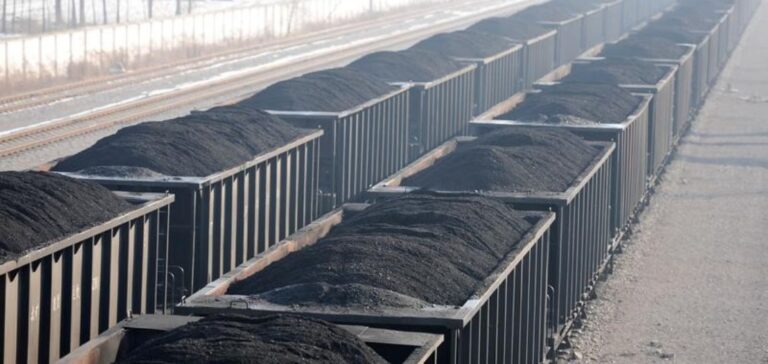Coal consumption is temporarily increasing in Europe due to exogenous factors, including the energy crisis.
Increase in coal consumption
Coal consumption increases only slightly in 2022, however, it reaches a record high. However, the IEA (International Energy Agency) predicts that world coal consumption will remain stable in the coming years. The Agency also notes the lack of sustained efforts in favor of the climate transition.
Thus, in recent months, European coal demand has increased by 1.2%. It exceeds for the first time the 8 billion tons recorded in 2013. According to Keisuke Sadamori, director of energy markets and security at the IEA, the world is “close to a peak in fossil fuel use.”
In addition, the increase in coal consumption is causing prices to rise. Australia, the world’s largest exporter, is reporting exceptional profits for the year 2022. Tensions in the coal market are also increasing due to poor weather conditions in Australia.
Europe, which is heavily impacted by the sharp reduction in natural gas flows from Russia, is likely to compensate by increasing its coal consumption. However, by 2025, coal demand in Europe is expected to fall below 2020 levels. However, the major coal producers, China, India and Indonesia, will reach record production levels in 2022.
The weight of China
However, the indicators show that despite high prices and comfortable margins for producers, there is no increase in investment. This reflects investors’ caution about the medium-term outlook. Indeed, coal demand is expected to decline in the coming years.
Thus, renewable energies are increasing their share of electricity production. However, emerging economies in Asia are expected to maintain an increase in coal use. This is how these countries fuel their economic growth.
The Chinese economy, the largest consumer of coal today, will have a significant impact on global coal demand. Similarly, the impact of consumption in India will have a significant impact on coal in the coming years. In India and China, coal is the backbone of the power systems and gas accounts for only a fraction of electricity generation.
For example, China accounts for more than half of global coal demand. The Chinese power sector alone accounts for one third of the world’s coal consumption. In contrast, during the period 2022-2025, China’s renewable electricity generation will increase by about 1000TWh.
A downward trend
For example, coal use is expected to maintain its downward trajectory in the United States and to fall significantly in the European Union by 2025. Renewable energy production will cover almost 90% of the additional electricity demand until 2025. In the absence of a large-scale alternative to coal, especially in the steel industry, coal demand will remain stable until 2025.
The invasion of Ukraine caused a rise in gas prices. At the same time, the price of coal was rising. Since the peak in March and through the summer, supply concerns have been trending downward. This situation leads to a decline in prices.
China and India were increasing their domestic thermal coal production but mainly for domestic use. In addition, the vacuum left by Russian coal supplies in Europe benefited exporters in South Africa and Colombia. The areas with the greatest growth potential remain those subject to the most significant contractions in 2022.
Indeed, Guangdong in China, along the southern coast, is home to the major electronics manufacturers that are experiencing the largest contractions in business in 2022. Between January and October, thermal coal consumption was reduced by 51 million tons compared to 2021. Chinese production covers 90% of the country’s coal consumption but an economic recovery would boost imports.






















